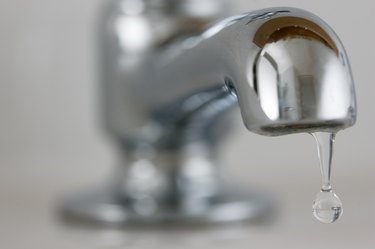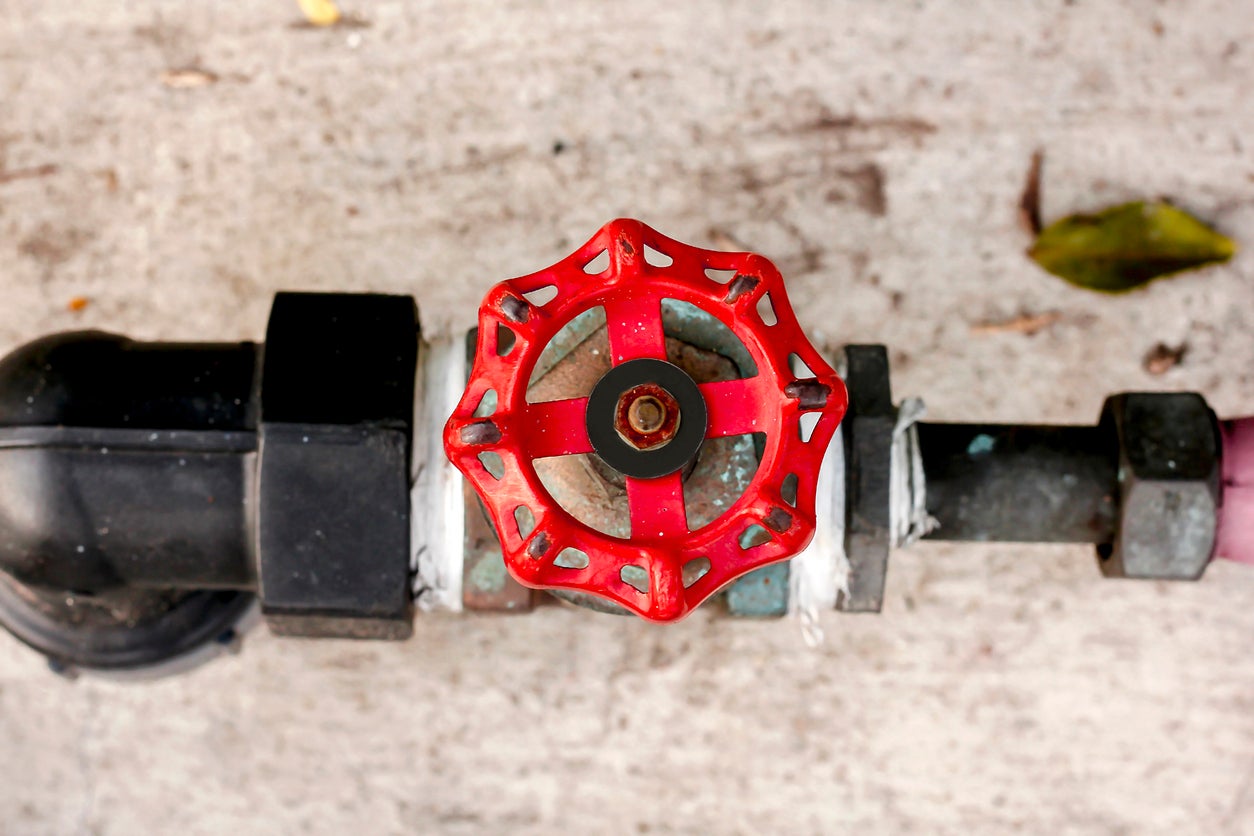Clear Tips for Dealing with Low Water Pressure in Your Home
Clear Tips for Dealing with Low Water Pressure in Your Home
Blog Article
What are your thoughts about 4 Ways to Troubleshoot Low Water Pressure?

Low tide pressure in your house can be a discouraging problem, affecting every little thing from showering to cleaning dishes. If you're experiencing weak water flow, there are numerous feasible causes and solutions to check out. In this guide, we'll discuss typical reasons for low tide stress and sensible steps to resolve the problem properly.
Introduction to Low Tide Stress
Low water stress takes place when the flow of water from your faucets, showers, and various other fixtures is weaker than typical. This can make day-to-day tasks a lot more difficult and less efficient. Comprehending the sources of low tide stress is important to locating the right service.
Usual Causes of Low Tide Stress
Faulty Stress Regulators
Stress regulators are responsible for maintaining regular water stress in your home. If they malfunction, it can result in low water pressure or irregular flow throughout your house.
Local Water Supply Issues
Occasionally, the issue exists outside your home. Municipal water concerns, such as main line leaks or maintenance job, can temporarily minimize water pressure in your area.
Pipeline Obstructions
Over time, pipes can end up being obstructed with mineral deposits, debris, or debris, restricting the flow of water. This is a typical issue in older homes with galvanized steel pipelines.
Corrosion
Corrosion within pipes can bring about leakages and lowered water stress. Rust buildup can tighten water flow, particularly in maturing plumbing systems.
Exactly How to Identify Low Tide Pressure
Inspecting Pipes
Examine visible pipes for indicators of leaks, rust, or blockages. Pay attention to any type of uncommon sounds, such as banging or rattling pipes, which can show issues within the plumbing system.
Consulting with a Plumber
If you're incapable to determine the root cause of low tide stress, take into consideration employing an expert plumber to perform a complete examination. They can identify underlying issues and advise appropriate services.
Checking Taps and Components
Begin by checking the water pressure at different taps and fixtures throughout your home. If the problem is isolated to details areas, it may show localized troubles.
DIY Solutions to Take Care Of Low Tide Stress
Flushing Water Heater
Debris buildup in the hot water heater can limit circulation and lower efficiency. Purging the storage tank periodically aids remove sediment and keep optimum efficiency.
Examining Pressure Regulator
Make sure that the pressure regulatory authority is operating properly. Adjusting or changing the regulator can help restore correct water pressure throughout your home.
Cleansing Aerators and Showerheads
Mineral deposits can accumulate in aerators and showerheads, reducing water circulation. Get rid of and clean up these parts regularly to improve water stress.
Clearing Clogs in Pipes
For small clogs, attempt using a plumbing snake or chemical drain cleaner to clear obstructions in pipes. Be cautious when utilizing chemicals and adhere to safety guidelines.
When to Call an Expert Plumber
If DIY efforts stop working to settle the issue or if you think significant plumbing problems, it's best to look for assistance from a certified plumber. They have the expertise and devices to resolve complicated issues securely and properly.
Preventive Measures to Keep Water Pressure
Setting Up a Pressure Booster
Take into consideration installing a pressure booster pump to boost water stress in locations with constantly reduced flow. This can be specifically useful for multi-story homes or properties with high-demand fixtures.
Monitoring Water Usage
Bear in mind water use practices and prevent overtaxing the plumbing system. Straightforward changes, such as shocking showers and laundry tons, can aid keep adequate water stress.
Routine Maintenance
Schedule regular maintenance for your plumbing system to stop concerns such as rust, leakages, and obstructions. Resolving minor issues early can help stay clear of more substantial fixings in the future.
Final thought
Handling low tide stress can be discouraging, yet determining the underlying reasons and carrying out ideal solutions can bring back optimal flow throughout your home. Whether it's cleaning aerators, evaluating pipes, or talking to a plumber, taking aggressive steps can guarantee a constant supply of water for your daily needs.
FOUR WAYS TO FIX LOW WATER PRESSURE NOW
Turning on a shower or faucet only to find the water comes out in a sad, slow drizzle is never a good feeling. How exactly are you supposed to wash a pan or take a quick shower when it takes 10 minutes just to rinse off a little soap? The good news is that when your water pressure is bad, there's always a cause: typically one that can be easily fixed. Here are some of the most common causes of low pressure and what you can do to fix the issue:
DEBRIS AND MINERAL DEPOSIT BUILDUPS
If you notice low water pressure from just one or two of the fixtures in your house, the problem likely has to do with debris buildup. Water is full of minerals and other debris, all of which can accumulate in your pipes and on your fixtures. This can cause a blockage that affects how much water flows through. To fix this, try filling a small plastic bag with white vinegar, and use a rubber band to hang it around your showerhead or faucet. Let the head of the fixture soak for a few hours, and the vinegar should loosen the deposits.
WATER LEAKS
Leaks are another common cause of low water pressure. If water is flowing out of your plumbing through a hole or crack before it can reach your fixture, the pressure coming out of the faucet or showerhead will be lower. A plumbing professional is your best bet for finding and repairing a leak in your water supply pipes.
Leaks are another common cause of low water pressure. If water is flowing out of your plumbing through a hole or crack before it can reach your fixture, the pressure coming out of the faucet or showerhead will be lower. A plumbing professional is your best bet for finding and repairing a leak in your water supply pipes.
A VALVE ISSUE
If you have low water pressure throughout your home, check your main shut-off valve to make sure it's completely open. You may also want to see if there's a pressure-reducing valve installed. If there is, have a plumber help you adjust the settings to get the pressure you're looking for.
OTHERS USING WATER
Believe it or not, your low water pressure could be caused by your neighbors. If you notice low pressure at certain times of day, it may be because you and the people living next to you have similar schedules - when everyone is showering at the same time, the pressure will be lower in every home. Low pressure throughout the neighborhood may also be caused by an issue with your municipal water supply. If that's the case, call the supplier to see if they're working on the issue.
https://www.rotorooter.com/blog/water-leaking/low-water-pressure-fixes/

I ran across that blog posting on when doing a lookup on the web. Make sure you take the opportunity to promote this page if you liked it. Thanks a lot for going through it.
Book Report this page